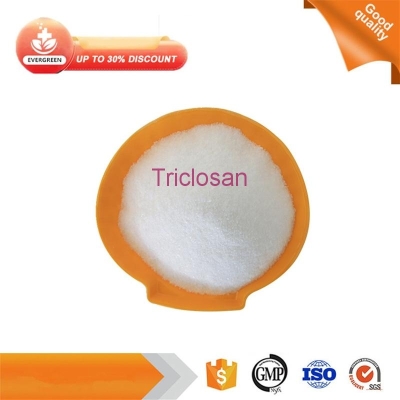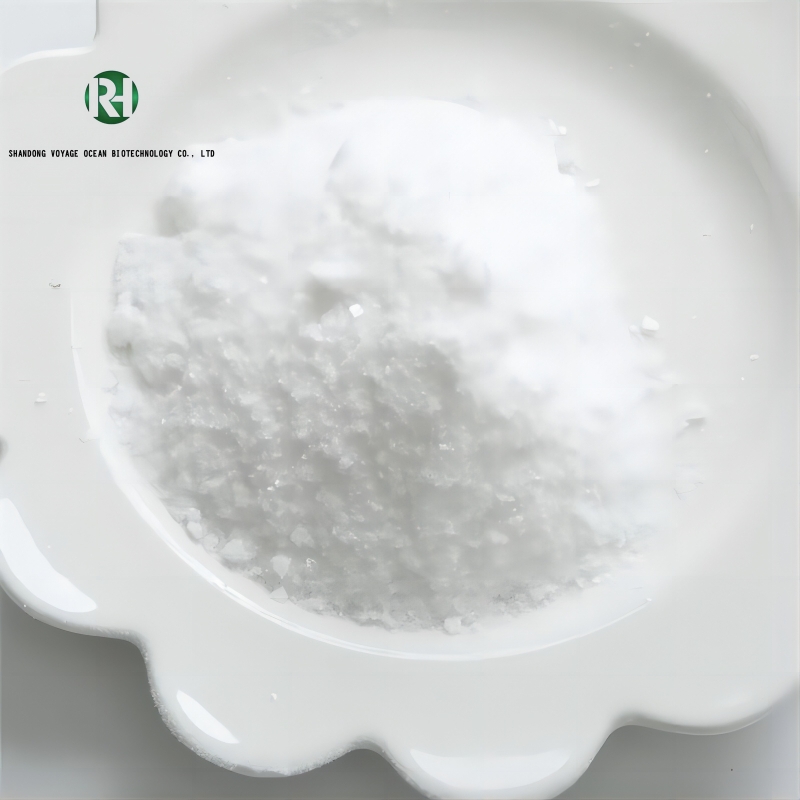Nat Med: Joint cartilage is renewable
-
Last Update: 2021-03-02
-
Source: Internet
-
Author: User
Search more information of high quality chemicals, good prices and reliable suppliers, visit
www.echemi.com
joint cartilage is a complex and special tissue that acts as a "buffer pad" between the joint and the bone. Osteoarthritis (OA) is a common defed lesions caused by cartilage fibrosis of joints caused by a variety of factors. Mainly manifested in joint pain, joint stiffness, seriously affecting the quality of life of patients. Damaged cartilage can be treated with micro-fracture (MF) surgery, in which a small hole is drilled into the surface of the joint. Studies have reported that MF stimulates fibrous cartilage formation in adult mice, but little is known about the effects of the technique on bone stem cells (SSC) and how to stimulate tissue regeneration.August 18, 2020, researchers from the Michael T. Longaker and Charles K. F. Chan team at Stanford University School of Medicine published a research paper in Nature Medicine entitled Articular cartilage by activated skeletal stem cells, which found that aging is associated with reduced SSC loss and cartilage production in mice and human arthritis, and that cartilage production can be treated by inducing resident stem cells.stem cells are self-renewing cells that are responsible for bones, cartilage and help blood cells in the bone marrow develop. First, using the beta Actin-CreERT/Rainbow mouse model, the researchers observed that bone maturation was associated with reduced cloning of cartilage tissue. In addition, in the cartilage area marked by clone, the secretion of protein polysaccharose decreased significantly with age.to assess how Agency-based stove MF affects SSC on the surface of the joint, the researchers performed MF surgery on the far end joint surface of the beta Actin-CreERT/Rainbow mouse sin. Subsequently, a variety of techniques were used to track MF-induced cartilage tissue remodeling, including morphological econometric analysis, immuno staining, EdU markers and FACS analysis. The results showed that the proliferation cells increased near the MF site, and there were cartilage cells, fibroblasts and hypertrophostic cartilage cells that produced protein polysaccharies. By week 4, however, the number of SSCs had decreased.to see if MF surgery would alter SSCs on the surface of the joints, the researchers transplanted GFP-SSCs at the far end of the fsebra of adult and Ad/MF mice into immunodeficiency NSG mice. Fiber and cartilage tissue formation was observed four weeks after transplantation, and Ad/MF SSCs were more proliferating than in adult mice., the researchers looked at whether MF could trigger similar regenerative reactions through human SSCs. The results showed that, like mice, SSCs in human cartilage decreased with age. Transplanting fetal and adult joint cartilage into NSG mice, the researchers found that human fetal cartilage produced more protein polysaccharin than adult cartilage. In addition, at the 4th week after transplantation, the cell and proliferation capacity of human fetal tissue increased significantly. The results show that human bone stem cells can guide bone development and stop at the cartilage development stage.Overall, the study found that in mouse models, MF activated SSC, activated SSC regenerated fibrous cartilage in the joints, had the same cellular composition as natural cartilage, had similar regenerative properties, and was able to restore the activity of osteoarthritis mice., joint replacement surgery is a very common treatment for people with recurrent and severe arthritis. However, joint replacement is extremely invasive and has a limited service life. We look forward to the early application of joint cartilage regeneration technology to the clinic for the benefit of the vast number of OA patients. In addition, it is expected that the function of joint cartilage will be restored before it is severely degraded, thus avoiding the occurrence of OA. (Biological Exploration) :Articular cartilage regeneration by activated skeletal stem cells
This article is an English version of an article which is originally in the Chinese language on echemi.com and is provided for information purposes only.
This website makes no representation or warranty of any kind, either expressed or implied, as to the accuracy, completeness ownership or reliability of
the article or any translations thereof. If you have any concerns or complaints relating to the article, please send an email, providing a detailed
description of the concern or complaint, to
service@echemi.com. A staff member will contact you within 5 working days. Once verified, infringing content
will be removed immediately.







